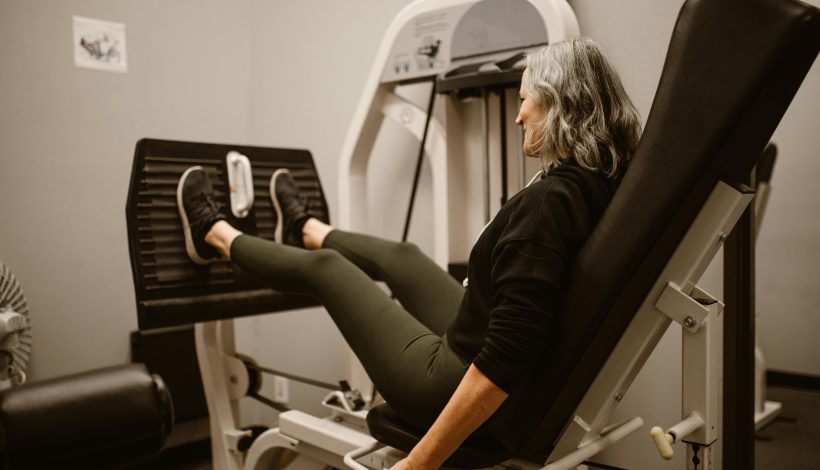Hip and knee pain, whether from aging, injury, or chronic conditions, can make movement feel intimidating. Many people naturally avoid exercise when joints hurt, but staying active is actually one of the most important ways to maintain strength, mobility, and overall function. Proper movement helps prevent stiffness, supports recovery, and can reduce future injury risk.
Understanding the cause of your pain is key. After an injury, muscles, ligaments, and connective tissues around the hip and knee may weaken, leading to instability and altered movement patterns. Avoiding activity altogether can worsen weakness and reduce joint support, which may make pain and functional limitations more pronounced over time. Exercising with guidance helps rebuild strength safely.
Low-impact, joint-friendly exercises are often the most effective. Options like swimming, stationary cycling, resistance band work, gentle yoga, or targeted physical therapy routines allow you to strengthen muscles around the joints without excessive strain. Core strengthening also supports hip and knee stability by improving posture and alignment. Small, consistent movements improve flexibility, reduce pain, and enhance balance.
Patient Perspective:
Staying active with joint pain can feel intimidating, but small, manageable steps make a difference. Focusing on exercises that don’t aggravate your pain, combining strength with gentle stretching, and tracking progress gradually restores confidence and mobility. Pairing movement with proper nutrition and hydration supports overall recovery and joint health.
Nursing Perspective:
Nurses play an important role in guiding patients through safe activity after injury or with chronic joint pain. Demonstrating proper technique, suggesting modifications, monitoring for warning signs, and encouraging consistent participation ensures that exercises support recovery without causing harm. Education and reassurance empower patients to stay active while protecting their joints.
💡 Tip to Try This Week:
Select one low-impact exercise to support your hips and knees, such as a 10-minute stationary bike session, seated leg lifts, or gentle bridges. Focus on controlled movements and proper alignment. Consistency, even in small sessions, strengthens the muscles that support your joints, reduces pain, and improves overall mobility.Written by Rosie Moore, DNP, RN, LNC, BC-FMP





